
1. Pros and Cons of Every Golf Grip Style
What’s the most important fundamental in golf? Hint: It can be difficult to grasp. If you said the grip, pat yourself on the back. You clearly understand that how you hold the club affects most everything that happens during the swing. (Or perhaps you just made a lucky guess.) And that makes the grip more critical than alignment, stance or posture. The funny thing about this fundamental is, there are countless ways to do it right, and just as many ways to do it wrong. And sometimes, what’s right for one golfer is wrong for another. That may be why so many find the grip so confusing.
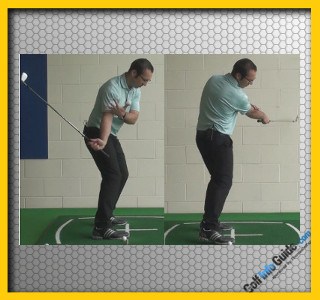
2. Golf Causes and Cures: Pull Hooks
Slicers have it easy. Most courses are built with a little extra room to the right to accommodate them, because the slice is the most common miss in golf. Those who suffer from pull hooks, on the other hand, often find themselves blocked out on the second shot or, worse, in a hazard. The pull hook is one of golf’s most devastating maladies because on top of the misdirection, a ball hit with right-to-left sidespin will run for days; plus, pull hooks fly low, so they roll even farther. In other words, a case of the pull hooks must be dealt with and defeated ASAP.
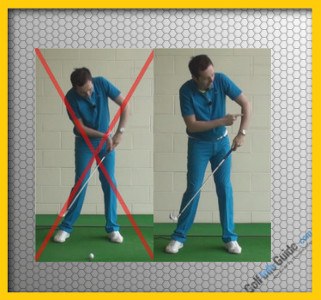
3. Top 3 Ways to Stop Topping the Golf Ball
Ah, the topped shot. It’s embarrassing, all right. Even worse, the ego damage is compounded by a lousy result, which moves you only a little closer to the intended target. Whether you tend to top tee shots, irons or hybrids, the cause is undoubtedly a flaw in your fundamentals. Your address position could be off, or your posture inconsistent. Perhaps you suffer from one of golf’s most common – and fatal – faults, the reverse pivot.
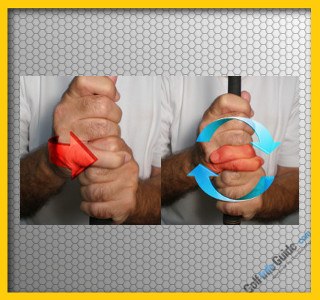
4. Overlapping vs. Interlocking: What’s the Best Golf Grip?
Gripping the club is the most basic act in golf, yet there are many variations in grip styles. The two most common are the interlocking grip and the overlapping (or Vardon) grip. Let’s examine the pros and cons of each. The interlocking grip is widely recommended for players with small hands and/or short fingers (like Nicklaus), as well as beginners and those who lack forearm strength. It’s especially popular among LPGA tour professionals. Overlapping golf grippers believe this style promotes better wrist action and allows a freer, more powerful release of the club through impact.
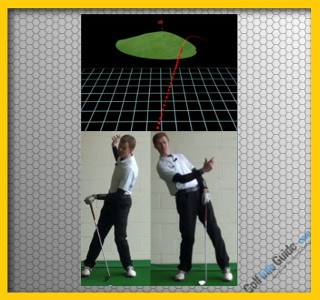
5. Push Slice, Causes and Cures
The push slice is a bad news/good news proposition. The bad news, of course, is that your ball starts right of target and curves farther right, putting it way off line. The good news is that pushing the ball means you’re not coming over the top, which can be a difficult problem to fix. A push slice happens when the clubhead is traveling directly down the target line or slightly inside-to-outside at impact, while the clubface is pointed right of this path. The rightward sidespin causes the curve.
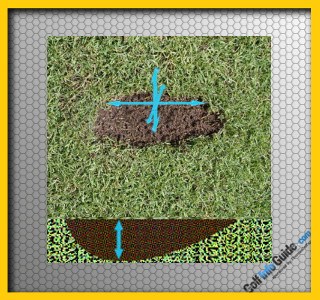
6. How To Fix The Problem Of Your Divots Being Too Deep, Golf Tip
Big, deep divots are indicative of a very steep angle of attack into the ball and will not get you in the good books of your green keeper! A steep angle of attack is when the club head approaches the ball on to vertical a path. Rather than a smooth rounded arc which bottoms out just after the ball creating a nice crisp divot, the club comes in steep, makes contact with the ball and then digs into the ground heaving up mounds of earth. Big divots in themselves won't create a problem with the actual shot but the steep swing path can result in low ball flights and often thin or fat shots.

7. Understanding Wrist Hinge in the Golf Swing
Hinging or cocking the wrists is a key component of a powerful golf swing. When taking the club back, the wrists must naturally begin to hinge by the time the hands and club reach waist level. If the wrists remain rigid to the top of the swing, you’ll fail to generate power or to get the club on the right plane. On the other hand, too much wrist cock can drain power as well, because the golfer will be forced to unhinge them at the top of the backswing, rather than letting them unhinge in reaction to the lower body leading the shoulders and arms on the downswing.

8. Golf Ball Covers: Surlyn vs. Urethane
Surlyn is an ionomer resin introduced by DuPont in the 1960s. It’s been the material of choice for the covers of so-called “distance balls” – like Top-Flite and Pinnacle products – for decades. Surlyn is extremely durable and will not cut or scuff through normal use (although mower blades and cart paths can damage it), making it the preferred cover for most amateur golfers. >Urethane is softer than Surlyn and delivers higher spin rates on iron and wedge shots. Skilled golfers prefer this control and, because they generate high clubhead speeds, lose little if any distance compared to Surlyn balls. Urethane is technically softer than balata – the cover material of high-performance balls of the past — but is actually more durable and less prone to cuts and scrapes.

9. Learn from Your Ball Flight – Trajectory, Golf Tip
Do you tend to hit the golf ball very high, even when you’d rather not? Or do you struggle to get it up in the air, sometimes coming up short for lack of carry? The variables that determine trajectory are easy to understand, yet controlling ball flight is one of the most difficult skills to master. Outside the professional ranks, few golfers are able to do it consistently. Trajectory, of course, is a function of clubface loft. More specifically, though, it’s determined by the loft at impact. The position of the golfer’s hands and whether the clubface is open or closed in relation to its path can alter the actual loft significantly.

10. Causes and Cures: Blocked Golf Shots to the Right, Part II
Taking the club back too far inside the target line sets you up to return it to the ball on an overly inside path, and prevents the hips from rotating to match the shoulders. On the downswing, the lower body has a head start, so to speak, causing the upper body to trail behind, hit from the inside and fail to release the club sufficiently through impact. To determine if your backswing starts too far inside, take the club back to hip height and stop. If the shaft points behind you, there's your problem. (It should be parallel to the target line.)





